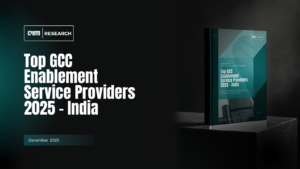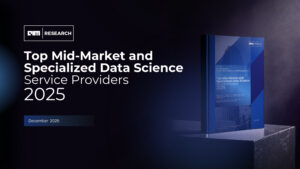Businesses face significant challenges in executing complex, cross-functional tasks efficiently, often due to siloed operations that hinder comprehensive insight and collaboration. According to Deloitte, 83% of “digitally maturing” companies use cross-functional teams, yet many still struggle with inefficiencies. Data silos exacerbate these issues, with employees wasting an average of 5.3 hours per week waiting for data from colleagues, contributing to an estimated $1.8 trillion in lost productivity annually for U.S. businesses. Additionally, inconsistent and incomplete data sets from siloed departments lead to flawed decision-making and increased IT costs due to duplicated data platforms and processes. These factors result in value leakage and suboptimal outcomes, significantly hindering the overall effectiveness of an organization’s planning processes.
Addressing these difficulties front on, o9, a prominent corporate AI software platform supplier, has announced a substantial upgrade to its Digital Brain platform. o9 intends to revolutionise the way planners undertake complicated tasks by adding generative AI-powered Large Language Model (LLM) composite agents, resulting in continuous development in integrated business planning skills.
“Our Digital Brain’s EKG offers cross-functionality as it touches supply chain, finance, procurement, commercial, customers, and suppliers. It connects the knowledge of all these entities – and is constantly accumulating new knowledge as well,” said Anand Srinivasan, o9’s Chief Strategy Officer. “Now we are deploying composite agents that can do a lot more cross-functional analysis.”
o9’s composite agents are built on a foundation of atomic agents, which are AI-driven systems capable of doing tasks, accessing information, and responding to questions depending on particular inputs, combined with LLM systems educated in business-specific information. Composite agents may employ the o9 Digital Brain platform’s core Enterprise Knowledge Graph (EKG) to undertake more complex exercises used in cross-functional planning processes, such as forecasting or post-game analysis. This includes obtaining and synthesising data to analyse month-to-month prediction variations, as well as providing a post-game study of the preceding quarter to compare past projections to actual outcomes and conduct root-cause analysis on forecast mistakes.
“Typically, an employee within a particular function only has the purview of knowledge, people, and systems within their department; they don’t look across and consider, ‘How does my decision impact someone else in a different department or organization?’ Hence, a lot of things get missed, and there is a lot of value leakage. This is another thing these composite agents can help solve by becoming more cross-functional in their analysis,” Srinivasan added.
Furthermore, composite agents are taught on the’recipes’ used by an organization’s planning specialists and constantly learn from feedback, resulting in agents who better over time at achieving the intended results. This skill is critical for firms looking to maintain a competitive edge by leveraging better digital intelligence to support planning and decision-making.
“In the years to come, we believe that the quality of a business’s digital knowledge and how it informs the company’s business planning and decision-making will be a competitive advantage that propels it forward,” said Chakri Gottemukkala, Co-Founder and CEO of o9. “Part of what makes today’s sophisticated AI systems so powerful and versatile is the focused expertise and teamwork between atomic agents and the holistic oversight of composite agents that can manage a series of tasks and integrate their outputs to achieve overarching business initiatives. At o9, we’re committed to continuously incorporating the most effective AI technologies into our o9 Digital Brain platform to give our clients access to cutting-edge innovations.”
With these enhancements, o9’s Digital Brain platform is poised to transform the enterprise planning landscape, providing businesses with the tools they need to execute complex, cross-functional planning with unprecedented efficiency and accuracy.





